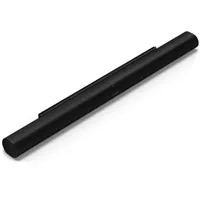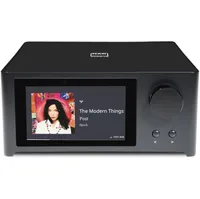Room tuning: What is it, and how does it work? Join me to find out how much of a difference it makes

You may like the sound of your Bluetooth speaker or stereo system in the living room already, but there's a problem waiting in the wings. Whenever you've got anything in a room, it means that the sound can bounce around in strange ways, leaving spots where the sound changes.
Dead spots that don't have as much bass can change the way the low-end sounds. Creating sound reflection that can introduce all kinds of audio strangeness, and other intricacies of your room can reduce sound quality.
That's where room tuning comes into play. Through some very clever audio wizardry (I suspect black magic), some speaker systems can tune themselves to your room's acoustics and, as a result, make sure they sound their best no matter where you place them.
I wanted to find out more about room tuning, so I've spent some time with two different systems to see how well they work and whether they make a big difference to the sound.
The Sonos Arc Ultra is our pick for the best soundbar, and its TruePlay tuning works well in making sure that it sounds great no matter the room you put it in. Dolby Atmos makes your movies sound massive, while clear dialogue helps sound easier on the ears. It's not cheap, but it's a great piece of living room audio kit.
Sonos' TruePlay

One of the most accessible and easiest to use room tuning systems is Sonos TruePlay. It works with a variety of different Sonos devices, although the most in-depth versions are found on the brands soundbars like the Sonos Arc Ultra.
It's accessed through the Sonos app, and I found that it was easy enough to understand. The Arc Ultra's TruePlay setup plays a series of loud laser gun-like noises, and your phone listens out from your chosen seating position.
From there it works out what it can and can't hear, and then changes the sound of the bar to suit the room's acoustic structure.
Get instant access to breaking news, the hottest reviews, great deals and helpful tips.
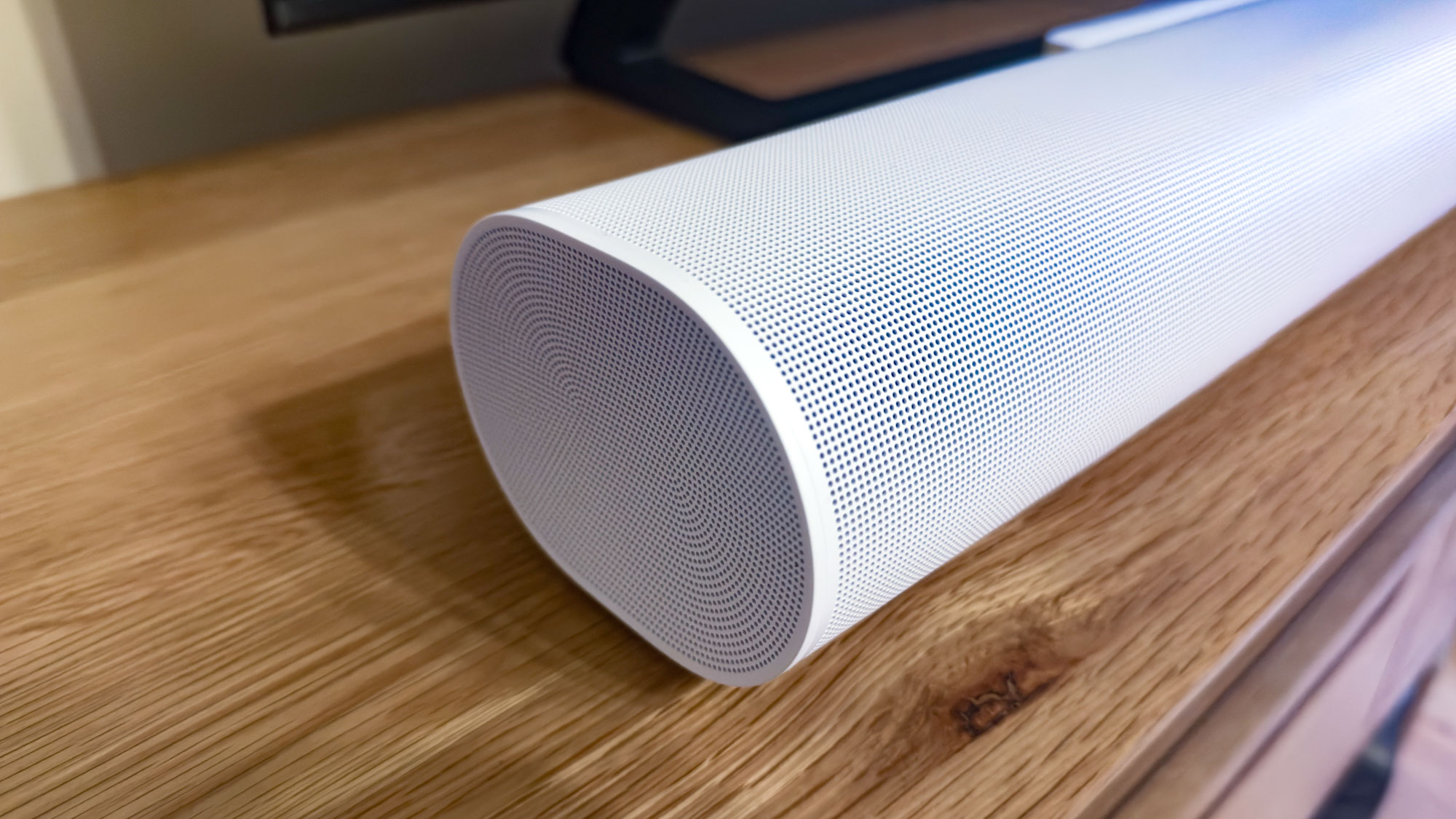
Once tuned, it not only makes sure that the soundbar sounds excellent, but also that the Dolby Atmos is working its very best. It adjusts the height and side channels to make sure they're bouncing perfectly off the walls and ceilings and landing in your chosen seating position.
But does it work?
Yes, it really does. It actually makes a pretty profound difference to the sound profile, bringing better, clearer bass whether you've got a subwoofer or not, and makes sure that dialogue sounds its very best.
I ran the soundbar with and without TruePlay with the first scene of Star Wars Episode III to see how well the tuning worked. I found that the Dolby Atmos bubble was much more obvious with TruePlay, as the spacecraft wind around. Rumbles and explosions were much clearer and well-defined, and dialogue was easier to make out.

You'll also find TruePlay built into the likes of the Sonos Move 2 Bluetooth speaker, although it's slightly less in-depth. Instead, the mic on board the speaker constantly runs and listens to the sound of your music to make the sound coming out is as good as it can be, depending on where you put the speaker.
It's more noticeable than you might think. You can hear the changes take effect a couple of seconds after you've moved to a new room or even outside, and it brings more control to the bass and adjusts the rest of the frequency range on the fly.
The idea with both systems is to provide a solid sonic base on to which you can build your own sonic customizations. That means you can still adjust the EQ to your liking.
In my mind, activating Sonos TruePlay is something of a no-brainer. It adjusts the sound to your room without much work at all, and makes your soundbar sound better. What more could you want?
Dirac Live
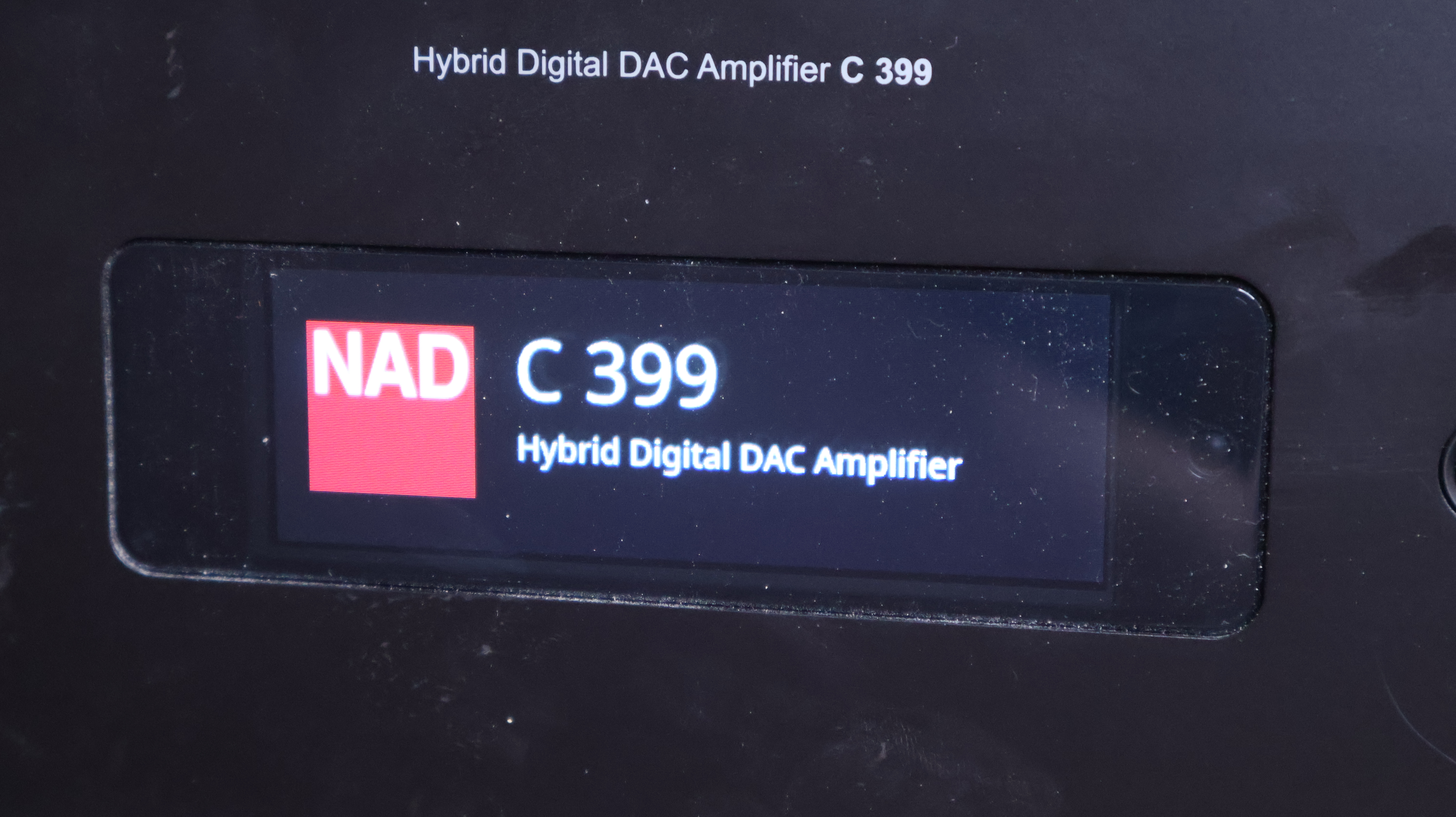
After Sonos TruePlay, I was curious to find out how other room tuning options might pan out. One of the most in-depth and potentially game-changing is Dirac Live, a room tuning system that only works with some products. Most of them are HiFi separates like the NAD C399 that I used it with.
The C 700 V2 is a great all-in-one amplifier and streaming amplifier. It also comes with built-in Dirac compatibility, so you don't need to buy any kind of extra equipment to make it work. Using many of the same internals as the C399 that I used to test out Dirac, the C 700 V2 is going to sound good no matter what speakers you plug into the back.
Dirac takes a lot more work than Sonos Trueplay to get working. The whole process was, I'll admit, something of a massive pain. I needed an extra module, which plugged into the back of the amplifier. Then, I followed the instructions from this YouTube video.
The video and the application guided me through the process, and there were some similarities between Sonos TruePlay and Dirac Live during the measuring process. I had to move a microphone connected to the amplifier around the room, while the amplifier played frequency sweeps.
As with Sonos, if you're going to move anything around or change out components, you'll need to do another Dirac Live measurement and tuning to make sure everything sounds its best.
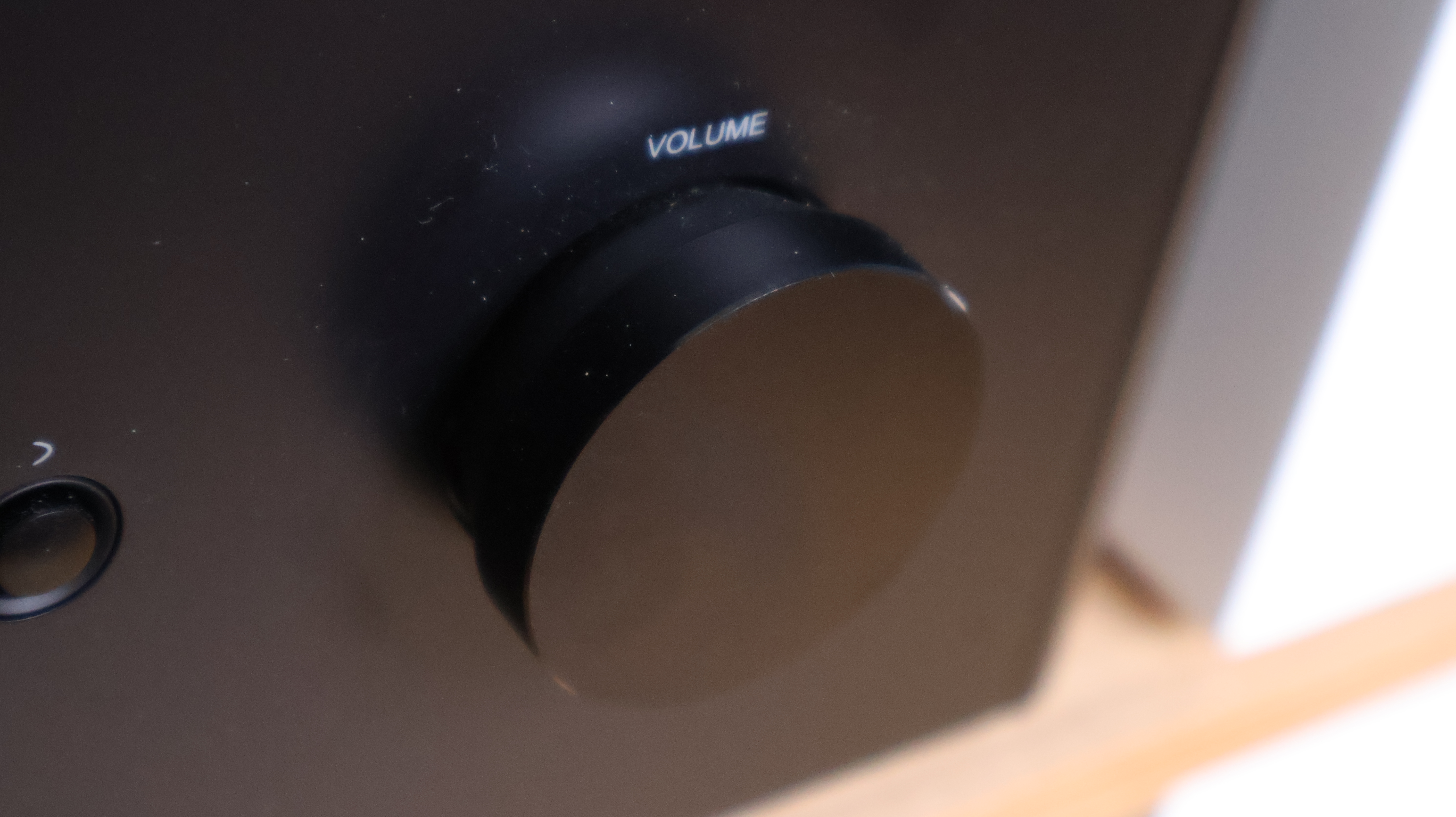
The result of the Dirac Live tuning is remarkable, however. The NAD spokesperson that I spoke with did say that I might have to get used to it, given that I've used (and enjoyed) my untuned setup for a fairly long time.
After the tuning, my music sounds tighter and more controlled, while also bringing much better low-end to proceedings. There was greater detail drawn out too, and the sound of my music changed less depending on where I was in the room. There was still a sweet spot, as you would expect, but there was still good sound no matter where I was sitting.
Dirac also works with some home cinema systems, making multi-channel Dolby Atmos systems sound even more impressive.
If your amp has Dirac room correction, it's well worth going through the motions and getting your audio tuned. It's more of a pain to get working (especially when you start looking at how you do it all with a laptop), but it's well worth it at the end of it all.
Should you go out searching for a Dirac-capable amplifier or device? I'm of two minds. Given that I loved the sound without Dirac already, I'm not sure I'd miss it if it wasn't there. Especially given that I generally expect different audio gear to sound different anyway.
For music listeners, it's a nice bonus if you buy one of NAD's excellent HiFi amps. For home cinema users, it's a bit more of a no-brainer, given how much better it can make your Dolby Atmos sound.
Room tuning — is it worth it?
So after my experience I'm actually of minds about room tuning. With Sonos, it was a no brainer. The movie sound after the tuning was so much more involving and impressive, making my movies and TV shows feel a whole lot more watchable in my space.
Dirac Live was, actually, more impressive. There were small details that I missed without it, and the amount of sonic control it brought to proceedings where many.
However, there was some edge that I missed from my pre Dirac tuning. It was very impressive, although it tended towards analytical sound more than I usually like. It's incredibly cool — but I'm not quite sure it's for me.
More from Tom's Guide
- iOS 26 has brought yet another Photos app overhaul for your iPhone — here's how it's different
- I’ve set up hundreds of TVs in my career — here are 6 mistakes people make when setting up a new TV
- Pest experts warn you should never squash ants in your home — here’s why

Tammy and her generous collection of headphones have found a new home — Tom's Guide! After a two-and-a-half-year stint as iMore's resident audiophile, Tammy's reviews and buying guide expertise have more focus than ever on Tom's Guide, helping buyers find the audio gear that works best for them. Tammy has worked with some of the most desirable audio brands on the planet in her time writing about headphones, speakers, and more, bringing a consumer focussed approach to critique and buying advice. Away from her desk, you'll probably find her in the countryside writing (extremely bad) poetry, or putting her screenwriting Masters to good use creating screenplays that'll never see the light of day.
You must confirm your public display name before commenting
Please logout and then login again, you will then be prompted to enter your display name.
